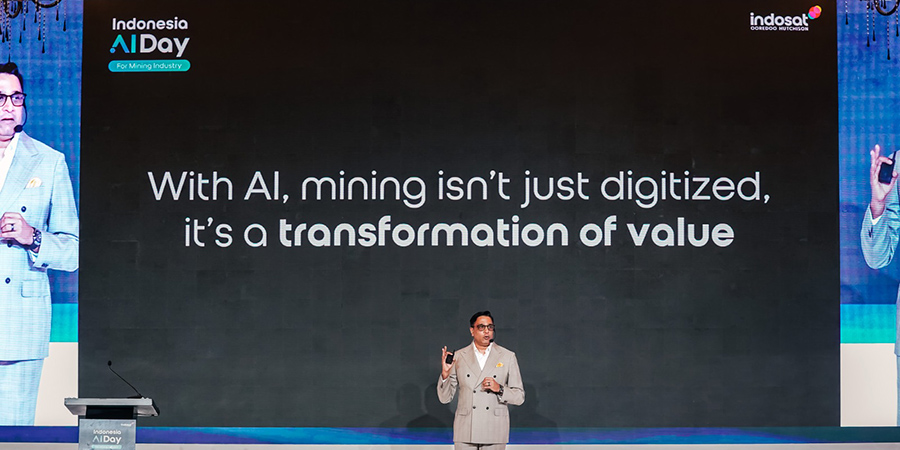
According to GSA, 144 operators in 61 countries or territories have launched commercial 3GPP-compatible 5G. As digital transformation becomes a global trend in today’s 5G environment, Multi-access Edge Computing (MEC) offers telecommunications operators computing solutions at the edge to leverage on 5G promises and monetize 5G infrastructure to reap revenue from next-generation services.
By 2023, IDC forecasts that more than half of the world’s GDP can be attributed to products and services from digitally-transformed industries. In anticipation of increased digital activities and widespread 5G deployment to deliver reduced latency, many operators are developing a MEC platform to harness the benefits of both on-site MEC and distributed MEC.
According to Tilly Gilbert, senior consultant at STL partners, “Operators at the Asia Pacific are rolling out 5G deployments faster than their counterparts in Europe and the US, with countries like South Korea, China and Japan being more dominant. Compared to Europe, where focus is placed more on supporting smart factories, APAC’s focus is more on consumer edge computing, such as AR and VR uses cases in cloud gaming and tourism.”
Indeed, APAC operators appear to be taking the lead. Globally, SK Telecom was the first telecommunications operator to develop a 5G MEC platform in 2019 to build up edge infrastructure and capabilities. The Korean operator boasts an open, hybrid cloud approach, relying on its own MEC platform and third-party platforms to support its MEC ecosystem.
Admittedly, MEC is still in the nascent stage, albeit accelerated by the pandemic in the past year. Currently, many operators are still at the proof-of-concept (PoC) stage, with some advancing further to more widespread commercial deployments. It would take at least a few more years before edge computing starts to go mainstream. To deliver a 5G network that lives up to its hype moving forward, operators need to leverage on MEC to tap into the new value created at the edge and brand itself as a provider for connectivity, infrastructure and applications.
In today’s market, some key industries in APAC that benefit most from edge-oriented services are healthcare, gaming, retail and manufacturing. The onus is on operators to identify key use cases and applications for these industries. To successfully tap into new domains of growth, operators need to consider the enterprise landscape and establish strategic partnerships with hypercloud providers to solidify their position for new service offerings for a specific industry.
In Singapore, for instance, Singtel announced this month that it would launch its 5G MEC infrastructure for enterprise customers on Microsoft Azure Stack to process applications such as AR/VR, drones and robots. With trials starting this year, enterprises can look forward to delivering applications with low latency of less than 10 milliseconds.
Gaming and e-sports
As gaming and e-sports become more immersive and interactive, there is a greater need for ultra-low latency and real-time processing capabilities. Omdia estimates cloud gaming revenue to reach US$4 billion this year. By 2025, cloud gaming revenue is predicted to triple to reach US$12 billion. As cloud gaming continues to trends, Chinese operators such as China Mobile and China Unicom have begun to utilise 5G and MEC to offer the required low latency and high-speed connectivity and seek innovation in AR/VR to take cloud gaming to another level.
Manufacturing
Enterprises with many manufacturing facilities in different parts of the world process a vast amount of data obtained from a range of devices such as sensors, cameras, robots and machines. In a data-intensive industry like manufacturing, edge computing addresses delays that occur when a large amount of such data is sent back to a centralised data centre or public cloud, which impedes real-time decisions critical to the facility’s functioning. For this industry, a use case is detecting out-of-spec conditions via video surveillance on production lines to facilitate predictive maintenance and asset performance. The aim is to achieve an autonomous-controlled manufacturing facility that reduces operations and management costs.
Healthcare
The pandemic has placed a strain on healthcare systems in many countries. This makes in-hospital patient monitoring a critical use case to ensure that the system is not overwhelmed. When monitoring devices are connected to on-premise edge in hospitals, the local processing of data also ensures data privacy and compliance. Using AI to identify patients’ trends and behaviours, medical personnel can instantly attend to any anomaly. In June 2020, ZTE and China Mobile partnered to launch China’s first 5G medical edge cloud platform to support healthcare functions like remote diagnosis and surgery, amongst others.
Retail
Using a 5G and MEC platform, operators can combine AI, AR and sensor-based analytics to improve customer engagement and inventory efficiency. This is being carried out jointly by Verizon Business, SAP and Deloitte, with one of the uses cases utilising real-time actionable intelligence to manage out-of-stock shelf inventory. When inventory is down, store associates will receive an automated replenishment alert to stock up shelves, while distribution centres are notified to add inventory. Another use case in retail is biometric authentication payment systems.
Across industries, there are more use cases, such as autonomous driving, smart ports and connected farms, just to name a few. Now is the time for operators to go beyond connectivity to fully exploit 5G and MEC to open up new opportunities for incremental revenue.







